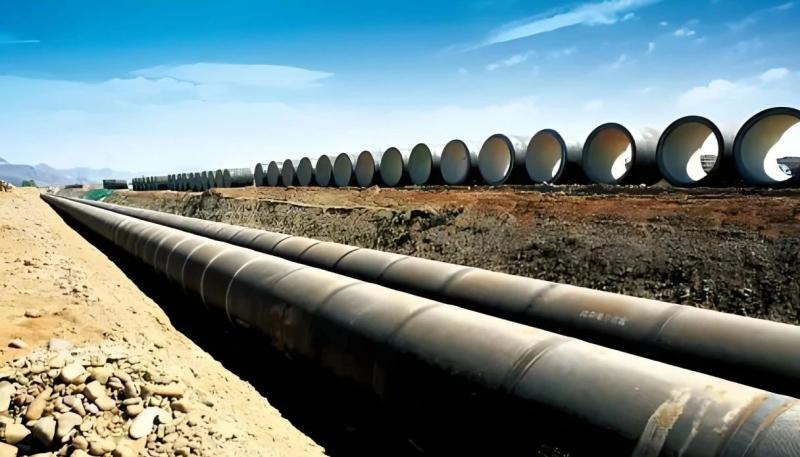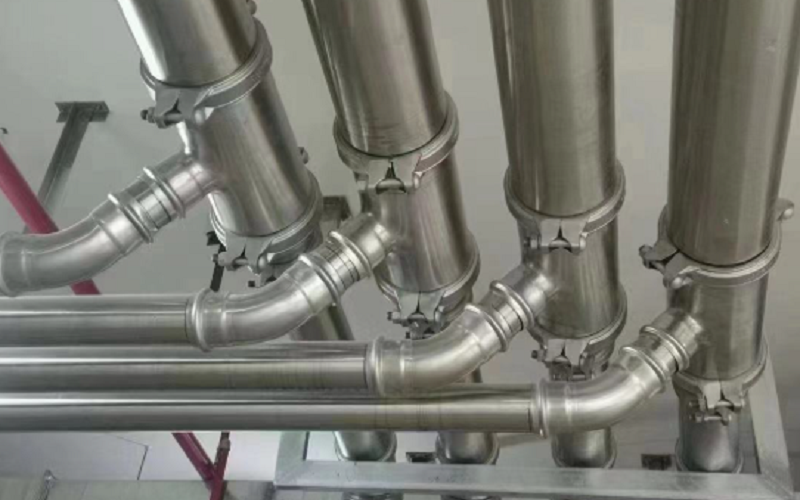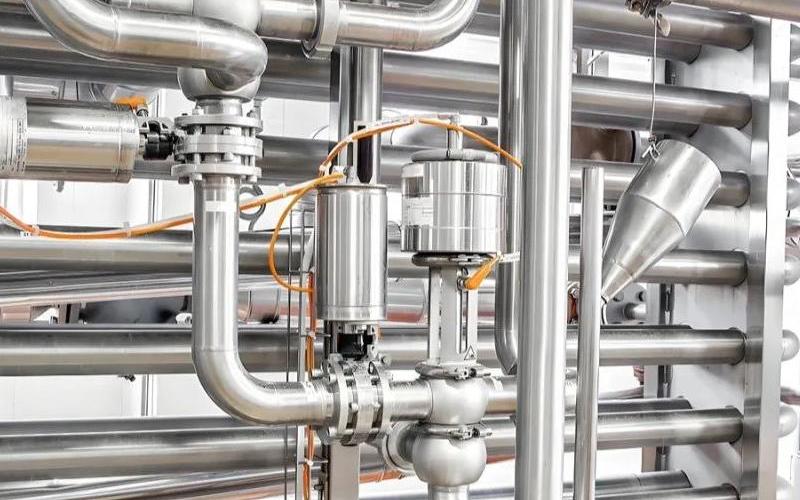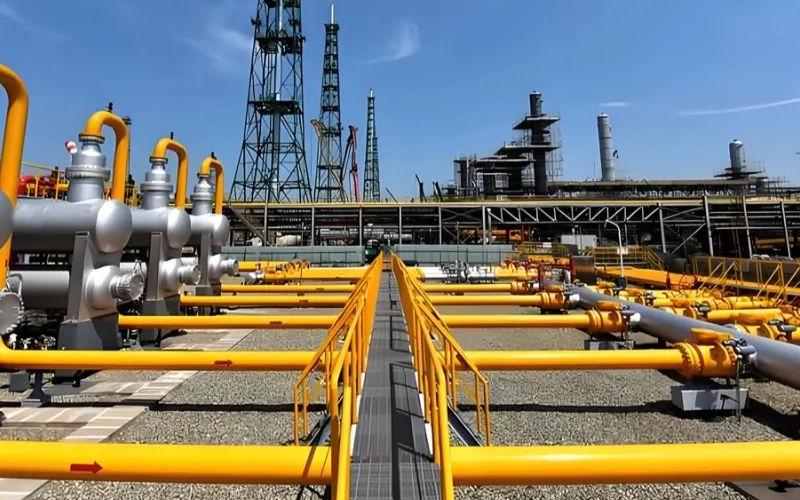
Stainless steel refers to a general term for alloy steel that exhibits high chemical stability in atmospheric, aqueous, acidic, alkaline, salt solution, or other corrosive media. Generally, stainless steel refers to steel that is resistant to corrosion from weak media such as the atmosphere, steam, and water, while acid-resistant steel refers to steel that is resistant to corrosion from chemical erosive media such as acids, alkalis, and salts. There is a significant difference in the degree of alloying between general stainless steel and acid-resistant steel. Although general stainless steel is rust-resistant, it is not necessarily acid-resistant, while acid-resistant stainless steel is rust-resistant.
In the fields of industry and agriculture, mainly consisting of 201 and 202, is characterized by acid and alkali resistance, high density, and good mechanical and corrosion resistance. It is a new type of nickel saving stainless steel with higher room temperature strength than 304, and good oxidation resistance and medium temperature strength below 800 degrees. Dual phase stainless steel: possessing the morphological characteristics of ferritic stainless steel and austenitic stainless steel. With a chromium content of over 18% and a carbon content of 0.01%~0.02%, it is characterized by high strength and resistance to chloride stress corrosion, as well as excellent toughness and welding performance.

These two types of stainless steel are mainly used in water supply and drainage pipeline engineering, which is a pipe (channel) system engineering for transporting and distributing industrial water supply, domestic drinking water, and collecting, transporting, and discharging industrial wastewater, domestic sewage, and rainwater. The sprinkler irrigation system is an important part of agricultural water use. The physical and chemical properties of this type of stainless steel pipeline meet the requirements of modern industrial and agricultural liquid transportation, industrial and agricultural water use, and domestic water treatment.
In the field of direct drinking water delivery, 304 or 316 stainless steel has smooth inner walls, is not easy to scale, and can ensure the purity of water quality; Its corrosion resistance and high temperature resistance also make it have a long service life, good pressure bearing capacity and safety, which can ensure the safety and stability of water use and adapt to various complex usage environments.

Water supply pipe is a type of pipeline used to transport drinking water. Stainless steel water supply pipes are widely used in water supply systems in homes, hospitals, schools, and other places due to their corrosion resistance, resistance to rusting, and lack of secondary pollution. Whether it is household water or large-scale community water supply systems, such stainless steel pipes can effectively ensure people's healthy drinking water needs.
In the food and medical field, 304 or 316L stainless steel has excellent corrosion resistance and hygiene performance as sanitary grade stainless steel pipes. In food production, sanitary grade stainless steel pipes can prevent bacterial growth and ensure the safety and hygiene of food. In the medical field, its seamless connection and smooth inner wall can reduce the retention of bacteria and viruses, ensuring a clean and safe medical environment.

In the field of petrochemical pipelines, 316L is an ultra-low carbon type of 316 stainless steel, which is more resistant to intergranular corrosion than 316. Due to the material's characteristics of corrosion resistance and oxidation resistance, it ensures that the fluid is not contaminated during transportation and the pipeline is not corroded. The petrochemical industry involves corrosive fluids such as acids, alkalis, and salts. 316L stainless steel pipe material is mainly used for heating pipes and heat exchanger pipes, cooler pipes, tray pipes, and hydrogenation unit process pipelines; The synthesis reactor tube in the methanol synthesis plant; Pipes for catalyst regeneration cooler in ethylene plant.

Hunan Hongwang’s Silicon Steel is coming soon
2022-08-17HWHG Ranks 442nd in 2024 China Top 500 Enterprises
2024-10-24Fujian Hongwang start successful trial production
2023-09-13Hongwang's intelligent made,A stunning appearance at the 133rd Canton Fair
2023-04-23The Center Of Attention--Hongwang Black Ti Series
2023-07-10Awards of Hongwang QC’s Necessary Items
2021-06-17






